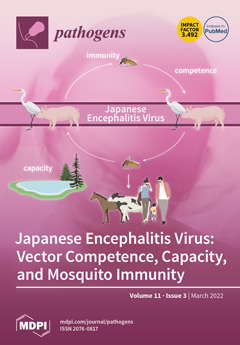The intracellular pathogens of the genus
Brucella are phylogenetically close to
Ochrobactrum, a diverse group of free-living bacteria with a few species occasionally infecting medically compromised patients. A group of taxonomists recently included all
Ochrobactrum organisms in the genus
Brucella based on global genome analyses and alleged equivalences with genera such as
Mycobacterium. Here, we demonstrate that such equivalencies are incorrect because they overlook the complexities of pathogenicity. By summarizing
Brucella and
Ochrobactrum divergences in lifestyle, structure, physiology, population, closed versus open pangenomes, genomic traits, and pathogenicity, we show that when they are adequately understood, they are highly relevant in taxonomy and not unidimensional quantitative characters. Thus, the
Ochrobactrum and
Brucella differences are not limited to their assignments to different “risk-groups”, a biologically (and hence, taxonomically) oversimplified description that, moreover, does not support ignoring the
nomen periculosum rule, as proposed. Since the epidemiology, prophylaxis, diagnosis, and treatment are thoroughly unrelated, merging free-living
Ochrobactrum organisms with highly pathogenic
Brucella organisms brings evident risks for veterinarians, medical doctors, and public health authorities who confront brucellosis, a significant zoonosis worldwide. Therefore, from taxonomical and practical standpoints, the
Brucella and
Ochrobactrum genera must be maintained apart. Consequently, we urge researchers, culture collections, and databases to keep their canonical nomenclature.
Full article






